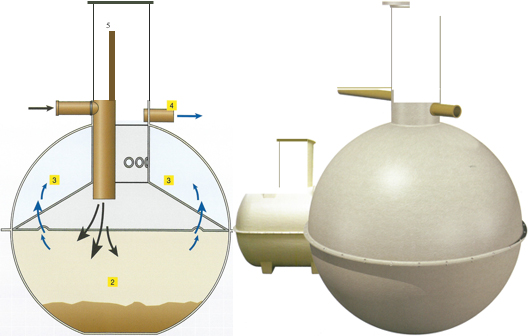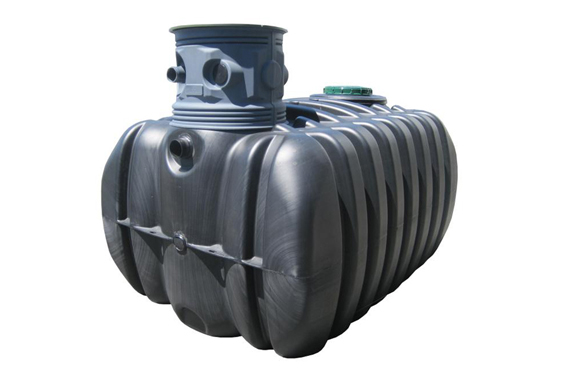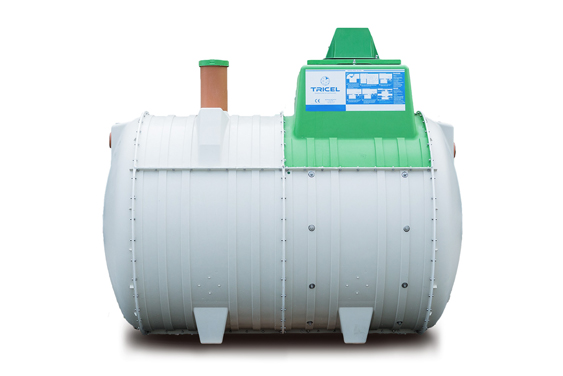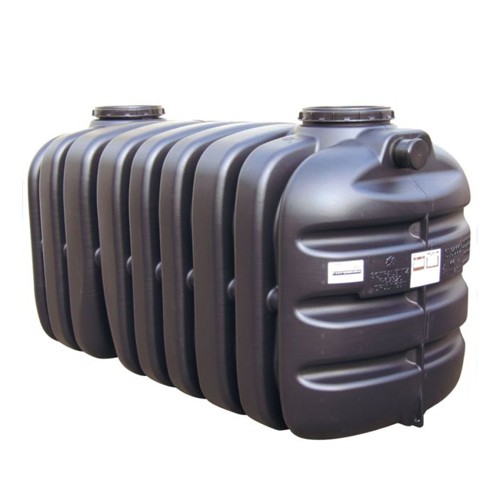Normally the simplest and most economical means of treating wastewater from small developments, a septic tank is a two or three chamber system which holds sewage to allow solids to settle into sludge at the bottom of the tank.
Here it is naturally broken down, by a process known as anaerobic digestion, which provides settlement and some biological treatment but the effluent is not fully treated and must receive additional treatment before discharge to the water environment – the most common method being to spread the effluent to land via an underground drainage field.
- For domestic dwellings the capacity of a septic tank should be a minimum of 27001trs for up to 4 users,with the size increased by 150 ltrs for each additional user
- Sewage treatment is an ongoing process. For the micro organisms to stay healthy the system should be desludged regularly to prevent the build–up of sludge and to allow sewage to flow freely through the unit
Septic Tanks Benefits
- Tested to BSEN12566:1 and CE-marked to ensure compliance with latest environmental and Building Regulations requirements
- Traditional ‘onion-style’ tanks for standard installations
- Low profile versions for high water table or hard rock site conditions
- Heavy duty shell as standard to enable installation in all ground conditions
- Integral lifting eyes for improved on-site handling
- Unique ‘keying-in’ lip to assist anchoring into granular or concrete surround
- Pedestrian cover and frame included as standard
- Additional ‘Green Filter’ range incorporating patented Polylok filter on outlet to reduce suspended solids, improving effluent quality and prolonging drainage field life






